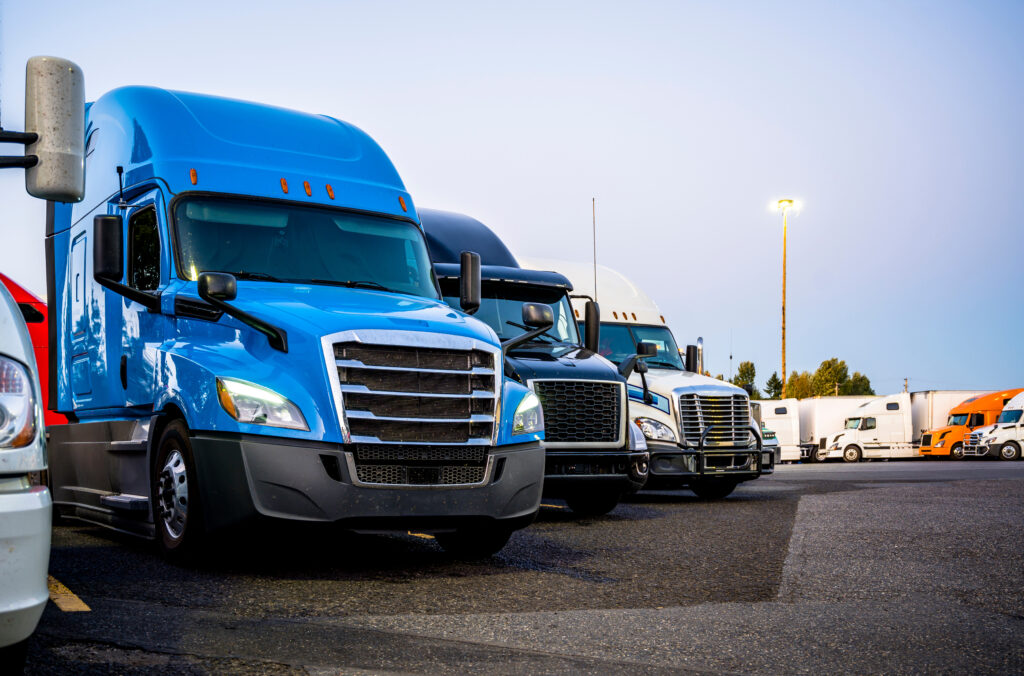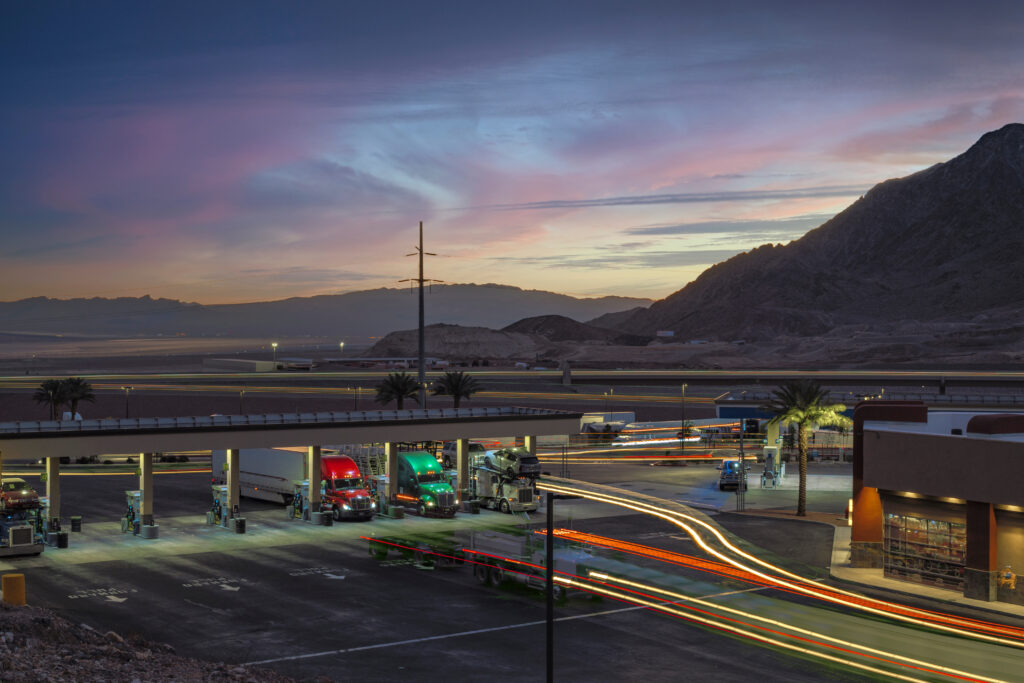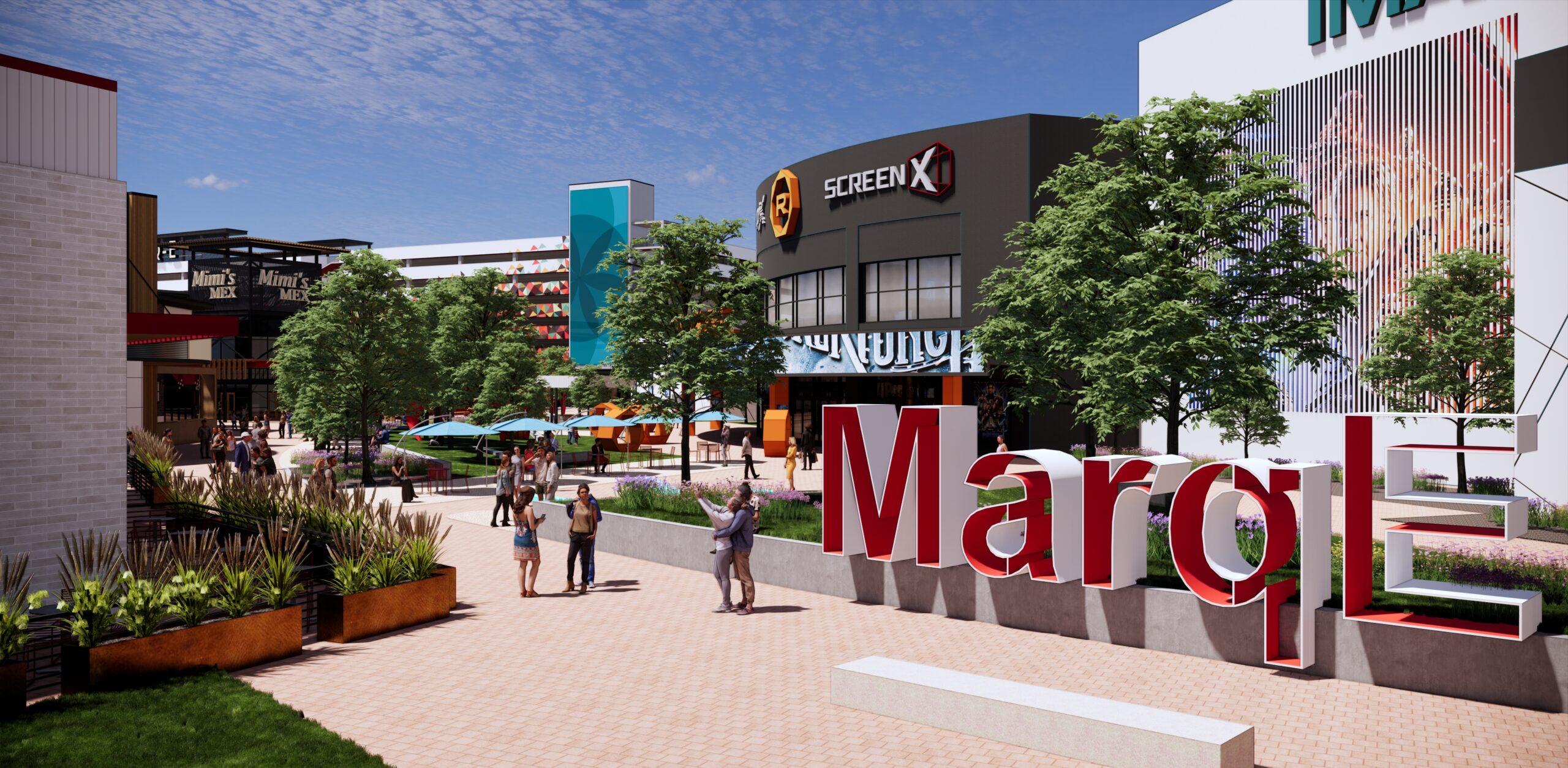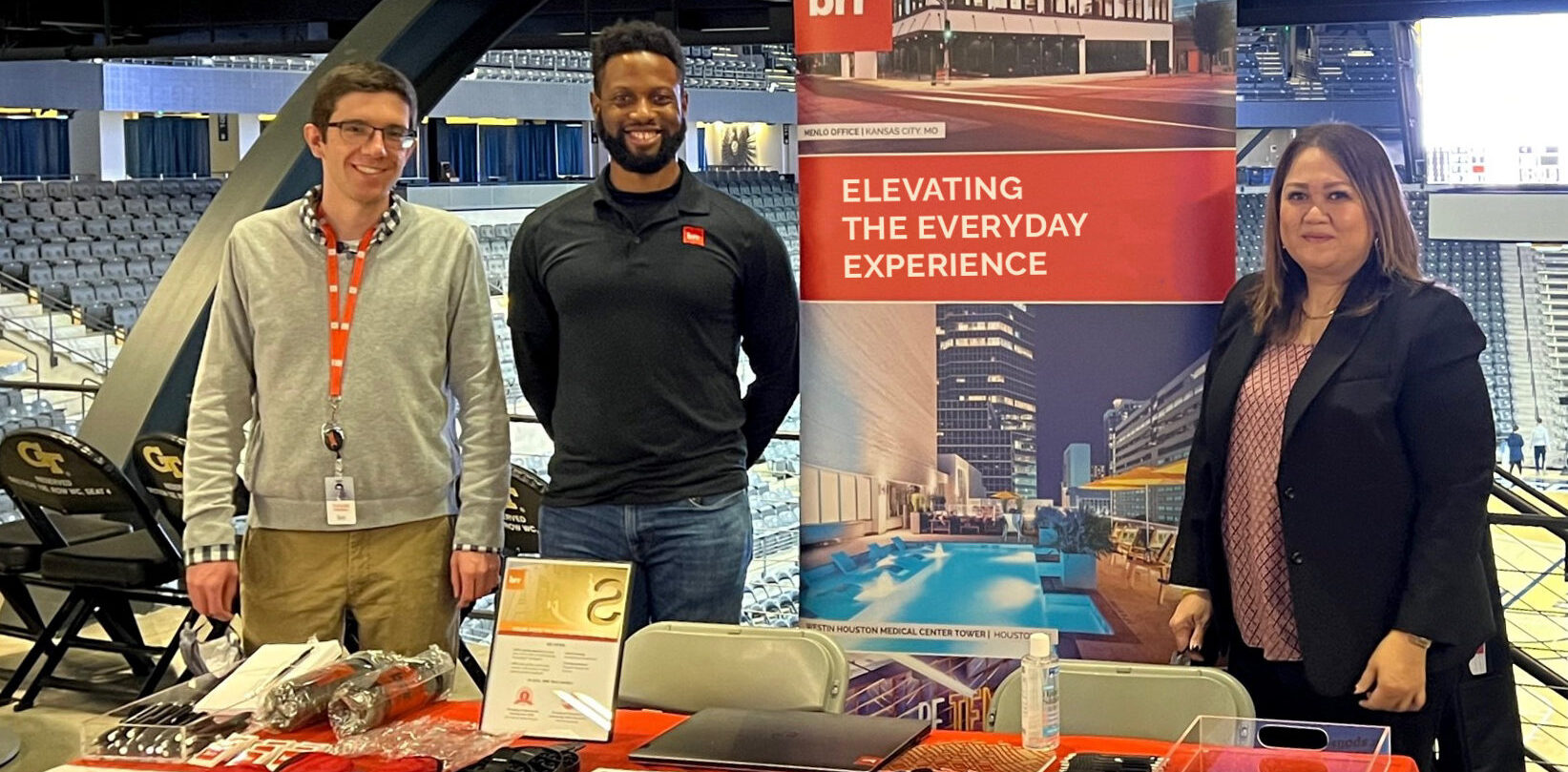The role and image of travel centers have changed greatly in the last 30 years, and promises to continue to change at an accelerated pace in the years to come. When the first travel center came on the scene in the late 1950s, it was basically a simple building consisting of a fuel station and an attached diner. Its customer was the long-haul trucker who needed fuel, rest and something to eat. The needs were simple and easy to meet.
Fast forward 70 years and the travel center is a whole new animal. While over-the-road truck drivers remain a priority focus, the growing base also significantly includes “four-wheel” customers – those in passenger vehicles and RVs traveling long distances, or sometimes just from the nearest town.

What hasn’t changed, is the need to address customer needs and get them back on the road. Customer needs are what dictate the amenities provided and those amenities inform the design of the site and the facility. A site designed with easy access, separation between truck and four-wheel traffic, and clear circulation is the goal as it sets the tone for the customer experience. Understanding the maneuvering and operating clearance for site amenities, like propane dispensers and RV dump, dictate site layout as well. With many travelers sharing their time on the road with a four-legged companion, a dog park is often the first amenity customers encounter as they approach a travel center. Often, ample overnight truck parking is a critical amenity for truckers. On-site tire shops and diesel mechanics are a time saver when the truck can be worked on while the driver heads to the travel center to eat, rest or do a load of laundry.
In addition to typical convenience store food and drink options, today’s travel centers offer such amenities as large restrooms, multiple showers, customer laundry and store laundry. Designing a compact building to incorporate these amenities with appropriate adjacencies, circulation and operational efficiencies can be a challenge. Visibility of major amenities from the entry like the restrooms, cashier, food and coffee is key. Also making sure the cashier has visibility of both inside and outside of the store. Add on a food concept or two with a dining area, perhaps a game room, and a fresh kitchen – the footprint grows in concert with the growing amenity list.
A well maintained, clean and comfortable facility is paramount to bringing customers through the doors. Lighting, material and finish selections are critical as they impact the customer’s perception of the store. Well-lit, durable, and easily cleanable finishes in all parts of the store contribute to a positive customer experience.
Forethought to future expansion should be considered from the onset of site and building design. That means site utilities, gas and diesel dispensers and canopies, underground storage tanks, trash/compactor enclosures, dog parks, etc. all need to be intentionally and carefully located on the site to create an opportunity for logical and cost-effective expansion of the facility.
A successfully designed travel center – site and facility – is a win for the brand and its customers.
 So, what does the future hold for travel centers? Various outlets have recently reported a desire for a variety of new amenities. Healthier food options, doctors, gyms, chapels, movie theaters, parks, walking trails, collection boxes for online shopping deliveries and many others. Travel center companies with a willingness to listen to their customers, be creative and take risks will help uncover the amenities of tomorrow. BRR will continue to collaborate with our clients to evolve the design of travel centers to provide amenities to fulfill customers’ needs while on the road.
So, what does the future hold for travel centers? Various outlets have recently reported a desire for a variety of new amenities. Healthier food options, doctors, gyms, chapels, movie theaters, parks, walking trails, collection boxes for online shopping deliveries and many others. Travel center companies with a willingness to listen to their customers, be creative and take risks will help uncover the amenities of tomorrow. BRR will continue to collaborate with our clients to evolve the design of travel centers to provide amenities to fulfill customers’ needs while on the road.




